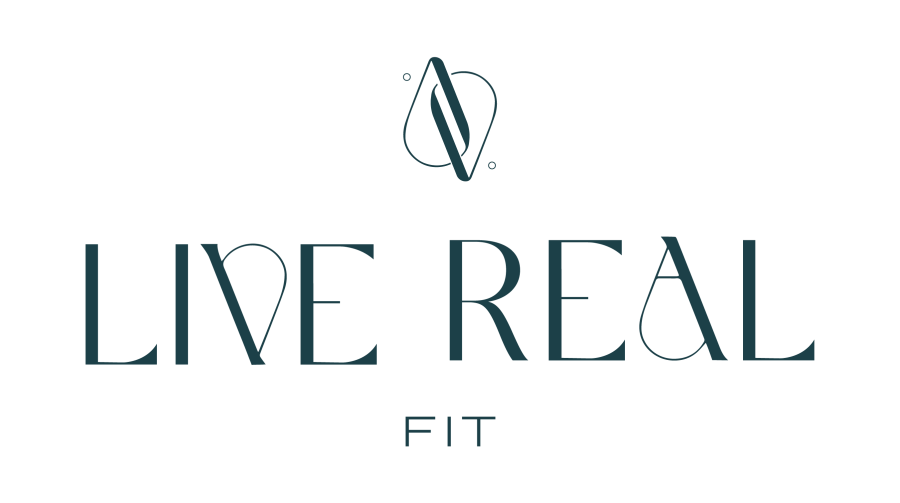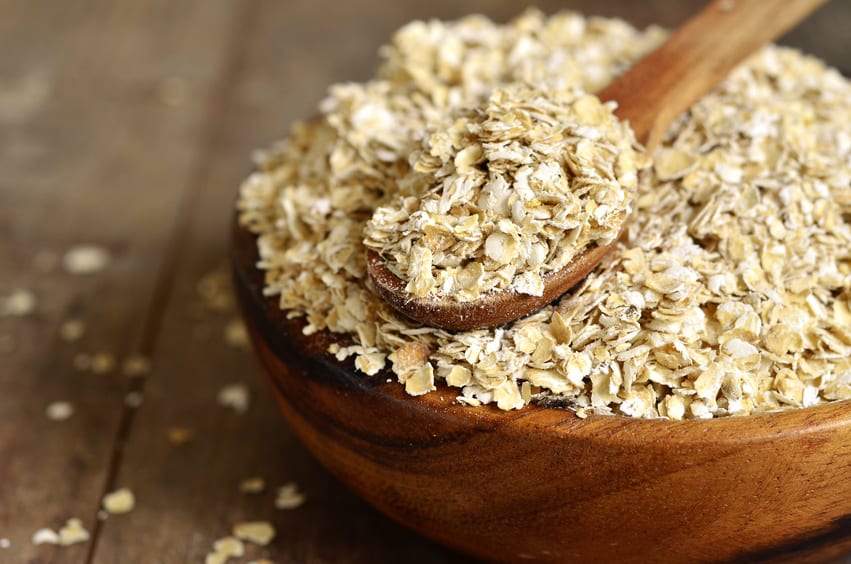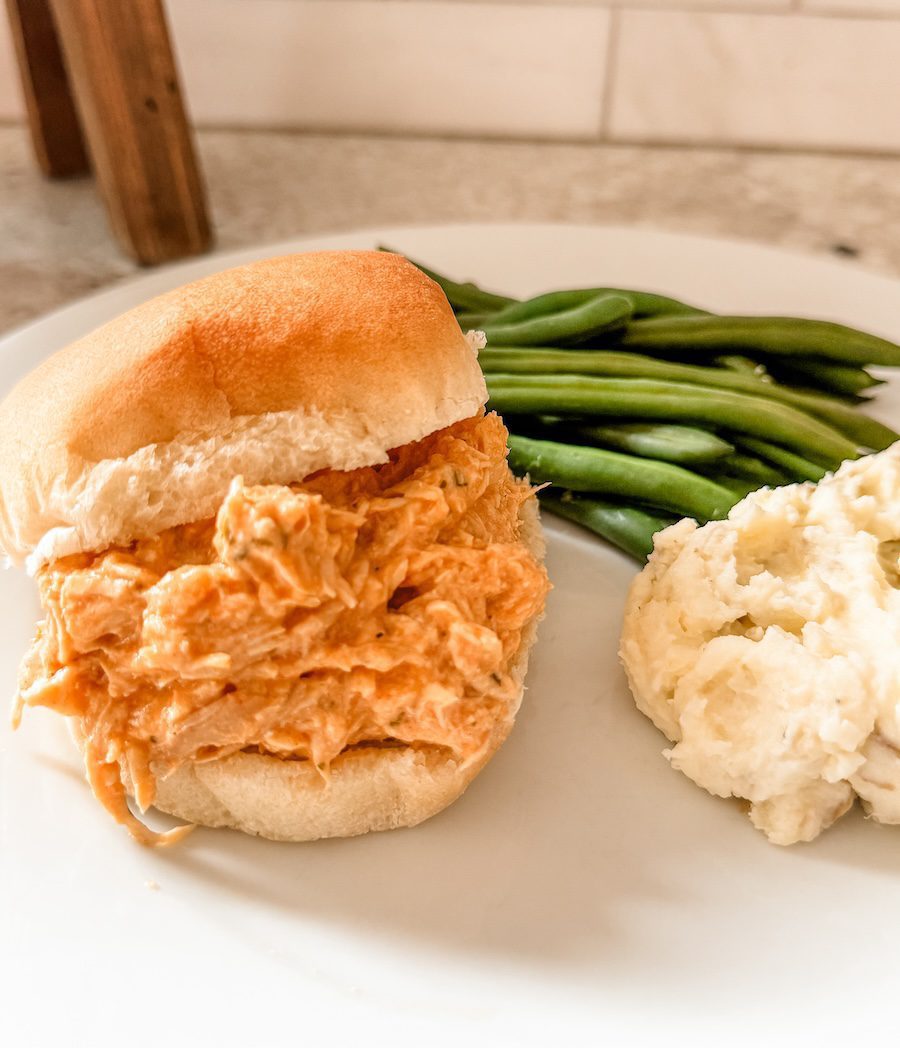In last week’s post, I talked about utilizing the progressive overload principle to make progress towards our fitness goals. I listed many ways in which to apply this principle. One that is used rather often (myself included) is to simply increase the weight/load you use for each exercise. Simply adding more weight at each workout is a great way to get the most out of your gym workout. The question I get a lot is “how do I know how much weight to add”? There are a couple of ways that this can be done.
Working from your 1 Rep Max
The first way is to work off of your 1 rep max. This is commonly applied when doing compound lifts such as your squat, bench press, deadlift, etc. Your 1 rep max is simply the heaviest weight that you can successfully complete 1 repetition for that specific lift. Once you have established your 1 rep max for that lift you can then create a program where each week you are using a certain percentage of that 1 rep max. For example, the first week you might lift at 70% of your 1 rep max, then the following week you would then do 75%, then 80%, etc. In short, this is a really easy way to assure that you are progressively adding weight and thus creating that stimulus your muscles need to grow.
That being said it isn’t always appropriate to work from a 1 rep max. You may be a beginner just learning the mechanics of performing a squat or deadlift. In this circumstance, it would not be safe to apply a maximum load to test your 1 rep max for fear of injury. In addition, it is not efficient, appropriate, or necessary to test 1 rep max for ALL exercises you might perform in a given training program.
Using the Rate of Perceived Exertion (RPE)
Another way you can utilize the principle of progressive overload in a more thoughtful structured way is to apply the concept of Rate of Perceived Exertion (RPE) which is based on your Reps in Reserve (RIR). This concept was developed for powerlifting training by Michael Tuscherer. Essentially this is a scale you can use to gauge how close you are to failure at the end of each set. A 10 RPE would mean that you are at failure and can do no more repetitions. A 9 would mean you could have completed one more repetition once that set was finished. An 8 would mean you could have done 2 more reps, etc. The table below outlines the scale in more detail.
| RPE Scale Based on Repetitions in Reserve | |
| 10 | Could not do more reps at that weight |
| 9.5 | Could not do more reps, could do slightly more weight |
| 9 | Could do 1 more repetition |
| 8.5 | Could definitely do 1 more repetition, possibly 2 |
| 8 | Could do 2 more repetitions |
| 7.5 | Could definitely do 2 more repetitions, possibly 3 |
| 7 | Could do 3 more repetitions |
| 5-6 | Could do 4 to 6 more repetitions |
| 1-4 | Very light to light effort |
**Scale modified from Helms, E. , Morgan A. and Valdez A. (2015). Volume, Intensity, Frequency. In The Muscle and Strength Pyramid: Training. (pp 29-61). Eric Helms.
This can be applied to your own training by setting a specific range that you want to work in for the given exercise. Each week when you perform that exercise you want to stay in that range. To do that you will likely need to increase the weight each week as your body starts to adapt to the weight used. This assures that you are continuing to provide the necessary stimulus for growth as you aim to achieve the assigned RPE for that exercise.
Look at your current program and think about which exercises you want to focus on lifting heavy and which ones are your accessory movements that you want to select a more moderate weight. If you are going for heavy you want your RPE around 8-9. If you’re going for a more moderate weight your RPE would be around 6-7. Try applying the RPE scale for each and see if this keeps your focus on how your muscles are feeling and your level of exertion and helps you decide if you should go up in weight.
Let me know what you think and if this method helps you with progressing towards your goals!
Happy lifting!
Xx
Allison







